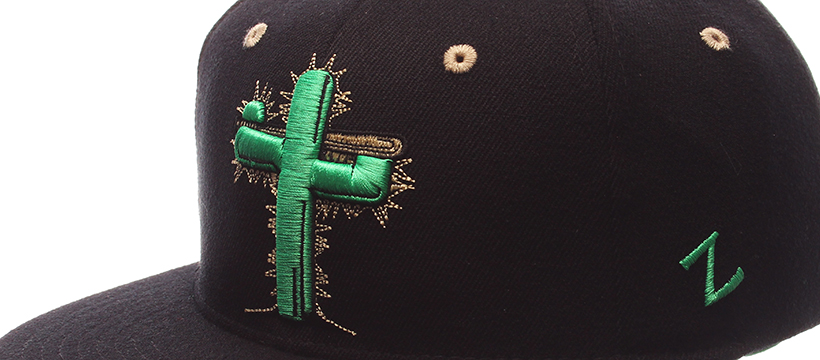|
7/18/2020-By Carter Cromwell
When professional baseball returned to Tucson in 2016 in the form of the Tucson Saguaros, the core fan base was happy. What some could not get used to was the team logo an image of a saguaro cactus with a vertical trunk and an arm stretching horizontally across it.
"People thought it was terrible, said Pecos League commissioner Andrew Dunn. Ive probably done 35 team logos in conjunction with a consultant, and almost all of them have been well received. But this one did not get good reviews initially. I had a friend with the (San Diego) Padres who said it looked like a cross like a religious symbol.
Dunn said that a lot of people wanted him to revive the nickname and logo of the Toros, the team in Tucson from 1969-2011.
But, Saguaros it was. And guess what? In time, its become the most popular logo in the Pecos League, even more so than those of teams in Santa Fe and Roswell, NM.
While specific figures are unavailable, Dunn estimates that Tucson sells 50% more caps alone than the next-best seller. He estimates about the same difference for t-shirts and jerseys, as well.
If nothing else, the saguaro cactus is appropriate as the Tucson teams logo, since its emblematic of the arid region in which Tucson is situated. The largest cactus in the United States, it is one of the defining plants of the Sonoran Desert and is found exclusively there.
The plants are large, tree-like columnar cacti that develop branches (or arms) as they age, although some never grow them. Arms increase the plants reproductive capacity, as they lead to more flowers and fruit. The arms generally bend upward. Saguaros can grow to between 10 and 50 feet tall and be as large as 30 inches in diameter.
Saguaros are covered with protective spines, which are very strong and may cause significant injury to animals. There was one report of a bighorn sheep skull being penetrated by a spine after the sheep collided with a saguaro. The spines can also cause severe injury to humans, being as sharp and nearly as strong as steel needles.
The saguaro has white flowers in the late spring and red fruit in summer. Given the proper growing conditions, it is estimated that this particular cactus can live to between 150 and 200 years old.
After the saguaro dies, its woody ribs can be used to build roofs, fences, and parts of furniture. The holes that birds nested in - saguaro boots - can be found among the dead saguaros. Native Americans used these as water containers long before canteens were available. The ribs can also be used as livestock fodder.
A saguaro can absorb and store considerable amounts of rainwater, visibly expanding in the process, while slowly using the stored water, as needed. This characteristic enables the saguaro to survive during periods of drought. When rain is plentiful and the saguaro is fully hydrated, it can weigh between 3,200 and 4,800 pounds.
Check out all of the Saguaros Gear and Hats at http://www.SaguarosBaseball.com
|
